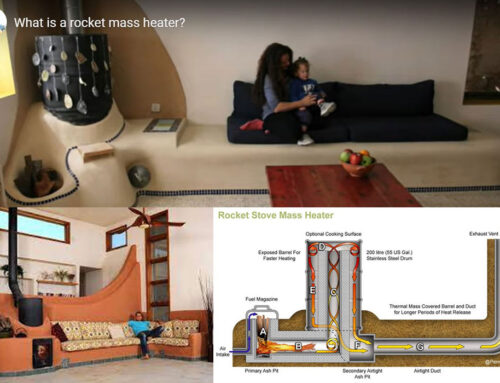Last year the Nevada County Building Department changed its approach to building code enforcement to increase compliance. Rather than inspect properties when a complaint was made, which was the previous policy, now county officials are inspecting properties based on awareness of information about possible code violations.
This new approach has significantly increased the scope of inspections, making the construction industry ever more conscious of the possibility of encountering building code violations.
This trend underscores the importance of building with a big picture perspective, taking into account the whole property, before constructing anything new that requires a permit.



Any structure with electrical or plumbing infrastructure or which will serve as a human dwelling requires a building permit, including solar arrays and pools.
In the case of solar arrays, PG&E requires a final, signed-off permit prior to allowing a customer to connect to their grid.
According to Section L-V 2.4, Land Use and Development Code, structures that do not require permits must meet the following criteria: “One-story detached accessory building without electrical, mechanical, or plumbing not intended for habitation provided the projected roof area does not exceed 200 square feet.”
Even these exempted structures require the standard setbacks and are limited to one structure per parcel.[1]
In the United States, the building code enforced by most authorities having jurisdiction, namely city and county governments, is based on the International Building Code (IBC), a nationwide, integrated building standard which unified the previously independent regional standards of the Western, Midwestern, South-Eastern, and Eastern United States.
The goal of the International Building Code is to establish consistent building standards across multiple related industries and across the country.
“The code provisions are intended to protect public health and safety while avoiding both unnecessary costs and preferential treatment of specific materials or methods of construction.” [2] The IBC is a baseline requirement enforced in each jurisdiction.
Local authorities must enforce all of the building codes established by the IBC (cannot nullify any of the codes contained within). But they can choose to add additional requirements if they are deemed necessary.



As a general rule, it is always advisable to have building plans and apply for appropriate permits to avoid additional costs of bringing structures up to code in the future. To find a licensed contractor who can help with plans and building code compliance, visit the Nevada County Contractor’s Association website.
Many property owners upgrade or build new structures without involving the county to avoid increases in property value and associated property tax, and to save money in construction by building structures themselves.
There are several risks involved with building unpermitted structures:
Difficulty selling the property
Home buyers are becoming increasingly aware of the problems associated with unpermitted work. The last thing a new homebuyer wants is a property that requires a lot of work and additional investment to bring to code. Additions or alterations may have been done improperly and be a health or safety hazard. Property assessors may discover unpermitted structures and back charge new homeowners for unpaid taxes.
Lack of insurance coverage if damages are associated with an unpermitted structure
Good luck trying to get homeowners insurance to cover any damages if they involved unpermitted structures, which do not abide by building safety protocols.
Possibility of litigation
Injuries and property damage resulting from unpermitted structures can motivate homeowners to sue the previous owner.[3]
For example, as a licensed general contractor, we have brought unpermitted structures such as pools and granny units up to code in order to be able to build and permit a solar array. In many cases the homeowner wasn’t aware of the unpermitted work, but because they needed to pull a permit, they were required to bring the unpermitted structures up to code before the County would sign off on the solar permit.
The good news is that most unpermitted structures can be brought up to code without tearing down the structure and starting over.
However, the upgrades, permitting process and inspection can take a while, and can add unforeseen headaches to a building project, turning a small project into a massive one, spanning multiple structures on a parcel. As a result, we always recommend complying with building codes for home improvements or new structures.




